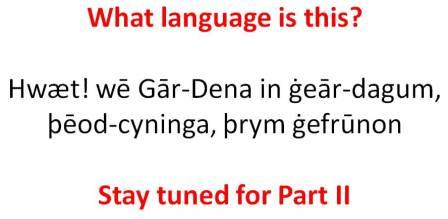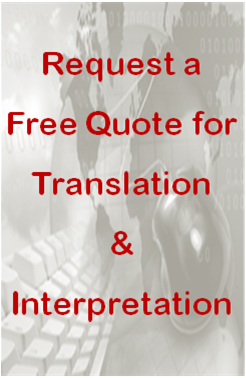 Most people automatically affiliate the word ‘Jaws’ with the man eating shark from the movies that chased down boats and water skiers alike. However, the JAWS referred to in this article actually helps people.
Most people automatically affiliate the word ‘Jaws’ with the man eating shark from the movies that chased down boats and water skiers alike. However, the JAWS referred to in this article actually helps people.
JAWS stands for Job Access with Speech, a software that uses speech synthesis technology to help the visually impaired enjoy numerous computer applications, programs, and even surf the web. The first version was released in 1989 by the American computer programmer Ted Hunter, who lost his sight in a car accident. That basic version has been updated immensely since then and now has windows support and even its own version of iTunes.
It’s nice to see technologies such as JAWS growing and getting more complex. Computers are one of our best sources of communication and should be available and easy to use for all.
Monterey Language Services watches the development of technology closely since it is such an important part of our work. In a way, the above-mentioned software localizes the computer programs for the blind. In this same spirit, Monterey Language Services offers software translation and localization services. We are currently working on a project to localize software into 14 different languages. In addition, we offer video-conferencing services for communication between two remote parties.



 (3 votes, average: 3.67 out of 5)
(3 votes, average: 3.67 out of 5) The blog team here at
The blog team here at  With video conferencing through Monterey Language Services, you experience high-definition video and high quality audio in a comfortable environment.
With video conferencing through Monterey Language Services, you experience high-definition video and high quality audio in a comfortable environment. Triqui (de la baja) is an indigenous language spoken in Oaxacan Mexico. Because the area is increasingly dangerous and violent most native speakers will eventually not only leave the area but also leave the language behind with it.
Triqui (de la baja) is an indigenous language spoken in Oaxacan Mexico. Because the area is increasingly dangerous and violent most native speakers will eventually not only leave the area but also leave the language behind with it. Today, a hot topic around the world is environmental sustainability. The terms such as sustainable business, ethical business, resilient business, green business, conscious capitalism, collaborative consumption, sustainable brands… etc have been created to keep up with the new ways the business world explains their environmental endeavors. But exactly what do these terms mean?
Today, a hot topic around the world is environmental sustainability. The terms such as sustainable business, ethical business, resilient business, green business, conscious capitalism, collaborative consumption, sustainable brands… etc have been created to keep up with the new ways the business world explains their environmental endeavors. But exactly what do these terms mean? he future of English is unclear, however, that won’t stop us from taking some educated guesses about what it could turn out to be.
he future of English is unclear, however, that won’t stop us from taking some educated guesses about what it could turn out to be. Part of what has caused English to evolve so much is its spread around the world. The language’s diversity is shown by the existence of colloquial phrases such as the Jamaican “I and I” (meaning “we”), and “fixin’ to” (implying “planning to” or “about to”) in the southeastern United States. In fact, certain letters and words have ended up with different pronunciations. An example is the word “advertisement”: in England, the stress goes on the second syllable, but in the United States, it goes on the third syllable. Also, when a word in English ends in an R sound, the R sound is replaced with a mid-central vowel sound (represented by the symbol ə) in much of the eastern United States, as well as in England and several former British colonies.
Part of what has caused English to evolve so much is its spread around the world. The language’s diversity is shown by the existence of colloquial phrases such as the Jamaican “I and I” (meaning “we”), and “fixin’ to” (implying “planning to” or “about to”) in the southeastern United States. In fact, certain letters and words have ended up with different pronunciations. An example is the word “advertisement”: in England, the stress goes on the second syllable, but in the United States, it goes on the third syllable. Also, when a word in English ends in an R sound, the R sound is replaced with a mid-central vowel sound (represented by the symbol ə) in much of the eastern United States, as well as in England and several former British colonies. The language English initially started to develop during the fifth century. Since its initial development, there have been four different variations of the English Language: Old English, Middle English, Early Modern English and Late Modern English.
The language English initially started to develop during the fifth century. Since its initial development, there have been four different variations of the English Language: Old English, Middle English, Early Modern English and Late Modern English.

